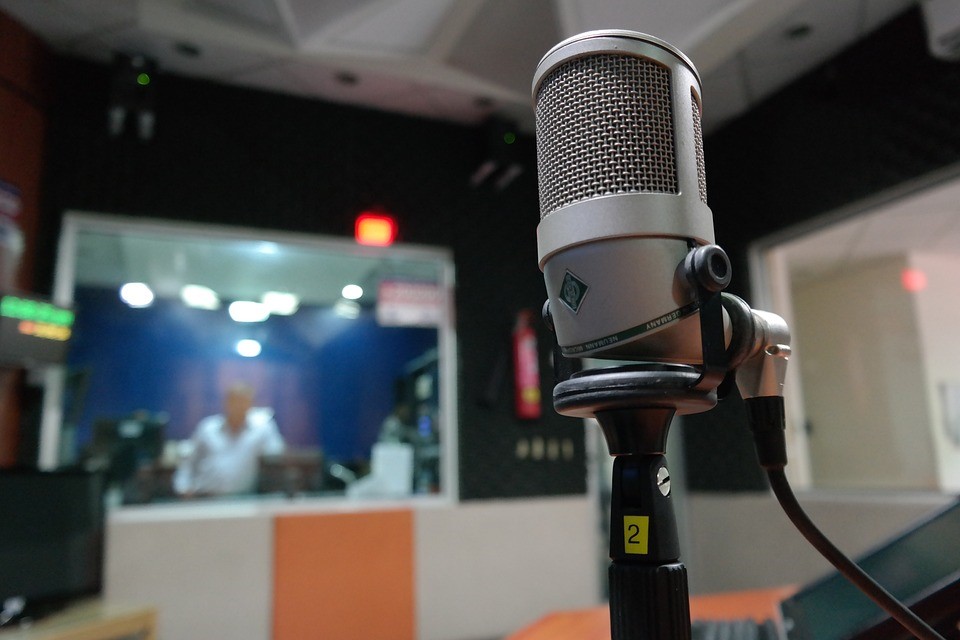In New York City, crime in general has surged 31percent, and murder is up 34 percent. The two key figures in NYC law enforcement, NY State Attorney General Leticia James and Manhattan District Attorney Alvin Bragg, however, are more concerned with a political prosecution of political opponents than they are about keeping the citizenry safe. Indeed, they both campaigned on promises to “get” Trump.
But their obsession with Trump is not their sole reason for ignoring violent crime. Similar to other progressive elected officials, they see their mission not to do the specific job they were elected to, but to promote a hard-left agenda, one that frequently runs afoul of existing law, the Bill of Rights, and the Constitution.
One of those drives is the elimination of of the right of self-protection. There are ample examples of this. As reported in the New York Post, A Manhattan parking garage attendant was shot twice by an alleged thief. In self defense, the worker wrestled the weapon away from the assailant and shot him. Bragg’s office chose to prosecute the innocent worker.
It’s a familiar story in progressive jurisdictions. In a previous example, a NYC deli worker was attacked by a thief. The worker protected himself with a knife, stabbing the criminal. The worker was arrested and temporarily incarcerated until an enraged citizenry forced his release.
The Post notes the impact of Progressive DA Bragg’s obsession: “Bragg’s office wins a conviction just 51% of the time” when it prosecutes serious felony charges — “down from 68% in 2019 [under DA Cy Vance], the last year before the pandemic disrupted the court system. Bragg’s own decisions clearly drive much of the troubling data: His office has downgraded 52% of felony cases to misdemeanors, vs. 39% in 2019. The office under Vance from 2013 onward never downgraded more than 40% of felony cases.
NY State Attorney General has expressed concern with many things, including “getting” Donald Trump, and complaining that a local sports team’s game wasn’t televised. Unfortunately, fighting crime does not appear to be a major worry for her.
Self-defense and individual rights are the essence of America. The earliest settlers came here to escape the tyranny of their home governments in Europe. The Minutemen at Lexington and Concord, where the battle that began the American Revolution was fought, were attempting to shield their right to self-defense, both legally and in the ability to protect themselves from King George’s troops.
With the Revolution over and won, the debate over how to protect individual rights in the new nation began, eventually culminating in the Bill of Rights. The First Amendment provided for free speech, the Second Amendment gave the right to own weapons, the Fourth Amendment provided the right of privacy, and the Ninth and Tenth Amendments provided that those powers not specifically given to the federal government belonged to the people or the states.
Each of those safeguards has come under substantial attacks by the Left. Those who disagree with Progressives, particularly on college campuses, are frequently met with either verbal or physical violence.
Writers on social media who express conservative views, as has been recently exposed, face censorship due to federal pressure on those who administer those forums.
The explosive growth of the federal bureaucracy has made a mockery of the Ninth and Tenth Amendments.
To Americans, the existence and sanctity of personal rights are as common and permanent as the air itself. That assurance is increasingly unwarranted. There is determined political faction, growing ever stronger, that perceives the Bill of Rights as a roadblock to their dream of establishing an all-powerful central state that would determine every facet of life, from the rights to raise your children in the beliefs you hold dear, to even how you cook your food (seen in the attacks on gas stoves.) Self protection is the most central right, and, under people like Alvin Bragg, the most endangered.
Illustration: Pixabay




